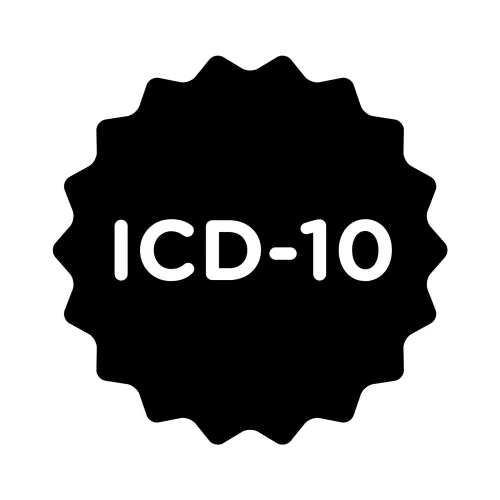CMS Clarifies Modifier 59 Usage Rules
Keep these tips in mind when deciding whether to separate edits. Some coders are so accustomed to using modifier 59 that it’s their go-to on a daily basis. But others aren’t sure when it’s okay to use the modifier and when they should avoid it. Fortunately, CMS has stepped in with some advice on when you should – and shouldn’t -- use it. Background: On December 28, CMS issued an update to Transmittal 4188, with an implementation date of January 30, 2019. As part of its clarification to the National Correct Coding Initiative (NCCI) section of the Medicare Claims Processing Manual, the transmittal spells out the requirements for when modifier 59 (Distinct procedural service) is appropriate. CMS has published such information elsewhere, but the agency has now taken the step of adding this verbiage to chapter 23 of the Manual. A summary of the changes – along with eye care-specific examples – are below. Check These Examples of When You Can – And Can’t -- Use Modifier 59 Example 1: “Modifier 59 is used appropriately for different anatomic sites during the same encounter only when procedures are performed on different organs, or different anatomic regions, or in limited situations on different, non-contiguous lesions in different anatomic regions of the same organ,” the transmittal states. Eye Care-Specific Scenario: A patient presents for optic nerve imaging (92133, Scanning computerized ophthalmic diagnostic imaging, posterior segment, with interpretation and report, unilateral or bilateral; optic nerve) on the right eye and the ophthalmologist also decides to obtain fundus photos of the left eye (92250, Fundus photography with interpretation and report). CCI bundles 92133 and 92250 as mutually exclusive with a “1” modifier indicator, which indicates you may separately report them, when appropriate, using modifier 59. Therefore, when the ophthalmologist performs the services on different eyes, report both services with modifier 59 appended to the column 2 code (92250): Example 2: “Modifier 59 is used appropriately when the procedures are performed in different encounters on the same day,” the transmittal says. Eye Care-Specific Scenario: The ophthalmologist sees a patient in the morning who complains of a foreign body in his left eye after chopping wood. The physician removes a foreign body from the conjunctival level. Later that day, the patient is chopping wood again and has another foreign body in his left eye – this time affecting the scleral level. In this situation, you’d report: Because the services were performed at different encounters on the same date, the modifier 59 is appropriate in this situation. Example 3: “Modifier 59 is used inappropriately if the basis for its use is that the narrative description of the two codes is different,” the transmittal says. Eye Care-Specific Scenario: A patient presents for a corneal epithelium removal with chemocauterization of the left eye, and then the physician applies a chelating agent during the service. The physician reports: In this case, you cannot append modifier 59 to 65435 – in fact, you shouldn’t report 65435 at all, even though the descriptors are different on the two codes. The reality is that if you perform a more extensive procedure, you should report only that. Here, 65436 is the more extensive procedure, so in this situation, that’s the only code you should bill. Keep in mind: In all of the above examples, the transmittal states, “Use of modifier 59 does not require a different diagnosis for each HCPCS/CPT® coded procedure. Conversely, different diagnoses are not adequate criteria for use of modifier 59.” Therefore, you need not document different diagnosis codes to justify the use of modifier 59 – and you shouldn’t assume you can separate NCCI edits just because you have separate ICD-10 codes. Resource: To read CMS Transmittal 4188, visit https://www.cms.gov/Regulations-and-Guidance/Guidance/Transmittals/2018Downloads/R4188CP.pdf.




